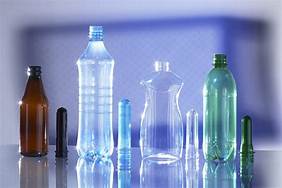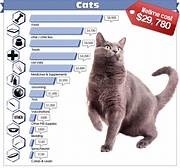What is PET Plastic? Uses and Advantages of Polyethylene Terephthalate
PET (polyethylene terephthalate) is a widely used plastic material known for its versatility, strength, and clarity. It is commonly employed in various industries, including food and beverage packaging, consumer products, and medical applications.

PET Plastic Properties
1. Strength and Durability: PET plastic is highly durable, providing excellent resistance to impact, wear, and tear. It can withstand the rigors of everyday use, making it a suitable choice for packaging and industrial applications.
2. Clarity and Transparency: PET is known for its exceptional clarity and transparency, allowing for easy viewing of its contents. This property makes it ideal for food and beverage packaging, as it enables consumers to see the product inside.
3. Lightweight: Despite its strength and durability, PET plastic is relatively lightweight, contributing to its cost-effectiveness in terms of transportation and handling.
4. Chemical Resistance: PET exhibits excellent resistance to chemicals, acids, and oils, making it suitable for use in packaging corrosive substances. It maintains its integrity even when exposed to harsh chemicals.
5. Food Grade Compliance: PET is approved by various regulatory bodies as a food-grade material, ensuring its safety for contact with food and beverages. It does not impart any unfavorable odors or tastes to the products stored within.
Advantages of PET Plastic
1. Recyclability: PET is a highly recyclable material, contributing to its environmental sustainability. Recycling PET helps reduce plastic waste and conserves natural resources.
2. Cost-Effectiveness: PET is a relatively inexpensive plastic, making it an economical choice for various applications. Its cost-effectiveness contributes to its widespread adoption across industries.
3. Versatility: PET's versatile properties allow it to be processed into a wide range of products, including bottles, jars, containers, films, and sheets. This versatility makes it suitable for a variety of industries and applications.
Environmental Impact of PET Plastic
While PET plastic offers several advantages, its environmental impact deserves consideration. The production and disposal of PET can contribute to greenhouse gas emissions and plastic pollution. However, ongoing efforts are being made to improve PET's eco-friendliness, such as using recycled materials and developing biodegradable alternatives.
In conclusion, PET plastic is a versatile, strong, and lightweight material widely used in various industries. Its properties, such as clarity, chemical resistance, and recyclability, make it a popular choice for food and beverage packaging, consumer products, and medical applications. However, its environmental impact warrants attention, and ongoing efforts are focused on improving its sustainability.
Declaration: All article resources on this website, unless otherwise specified or labeled, are collected from online resources. If the content on this website infringes on the legitimate rights and interests of the original author, you can contact this website to delete it.






